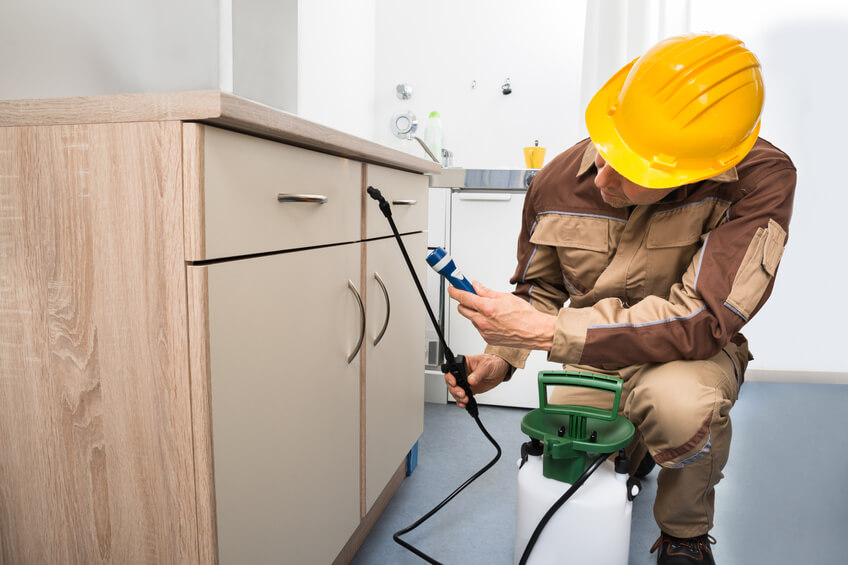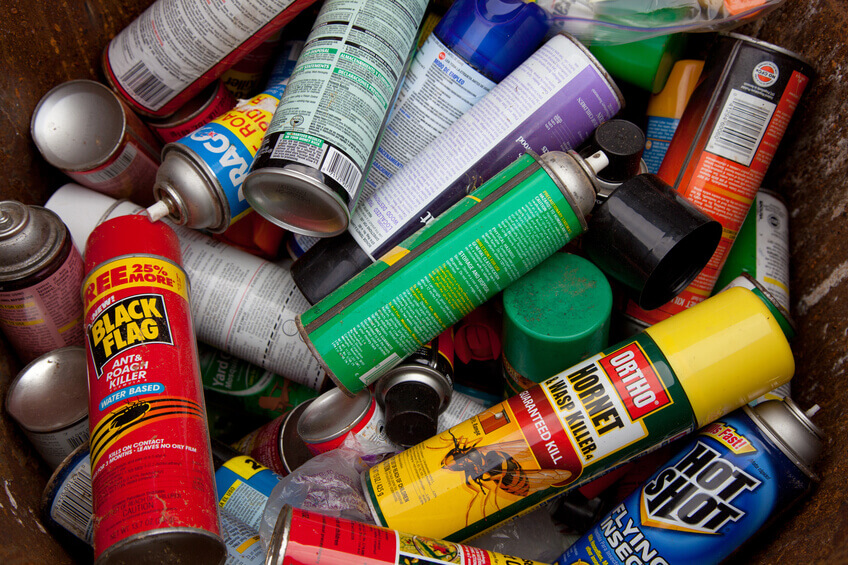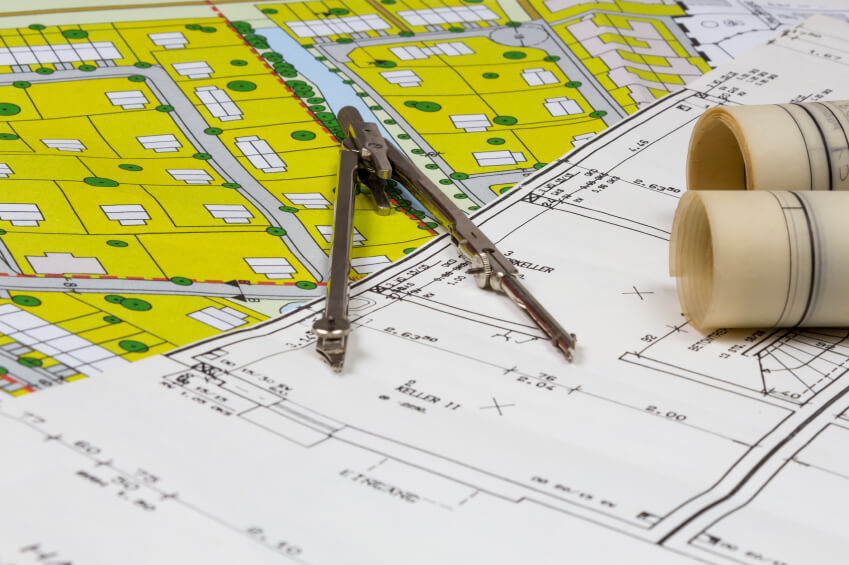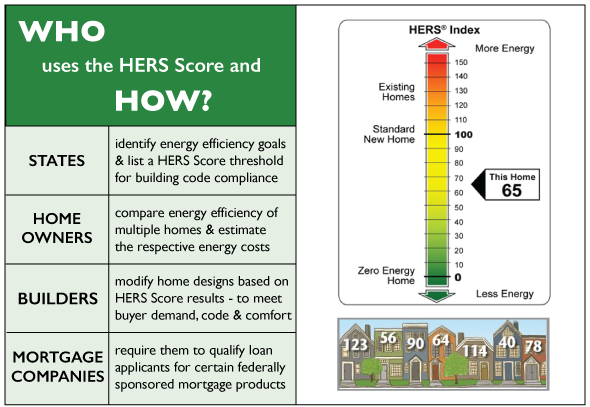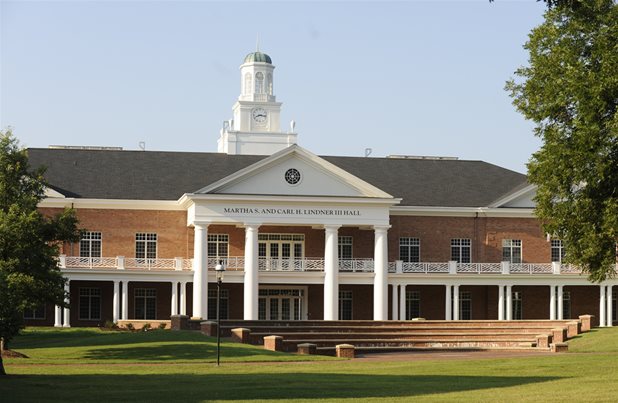No products in the cart.
Solar Requirements in California: 5 Cities Lead the Way
California has long been known as the leader for solar energy. The state generates well over half of our country’s solar electric capacity, largely due to the sunshine it receives but also the community and governmental support that it receives. Now, five cities with solar requirements in California are additionally supporting the growth of solar energy.
If you want to help meet the demand for qualified solar panel installers, which will inevitably be driven by all this support, visit our Introduction to Solar series.
The state of California will soon require that all residential construction be “net zero energy” by 2020 and all new commercial construction be “net zero energy” by 2030. This will require that legislation include advanced energy efficiency and renewable energy strategies and components. Several municipalities with solar requirements in California have already started to take action.
The trending course of action is to require rooftop solar energy systems to be built on all new buildings – residential and commercial. This action seeks to capitalize on the falling cost of solar power.

With the deadlines for these ambitious state energy goals in sight, more and more cities are actively joining the cause with solar requirements in California.
California Cities that Require Rooftop Solar Panels
2008 – Culver City
2013 – Lancaster & Sebastopol
2016 – San Francisco & Santa Monica
2017 – San Mateo
San Francisco
The mandate in San Francisco requires photovoltaic or solar hot-water panels on all new residential and commercial buildings up to 10 stories tall. The ordinance notes that installing solar panels at the time of construction is cheaper and easier for developers than adding them later.
Santa Monica
Santa Monica appears to have some of the strictest requirements yet. Multifamily dwellings and non-residential buildings, including hotels and motels, are required to install a solar system with a minimum total wattage of two times the square footage of the building. For example, a 4-story building with 10,000 square feet would need a 20-kilowatt system. The only exception to the solar panel requirement is if it is technically infeasible due to lack of available and/or unshaded areas.
While the upfront cost on commercial buildings is estimated to increase by 0.75%, the solar panels will reduce long-term electricity costs by an average of 11%. Southern California Gas Company offers rebates of up to $500,000 to assist with any upfront costs. The 30% federal tax credit also helps to reduce these costs.
San Mateo
The City of San Mateo began requiring the installation of solar systems on all new construction projects starting January 1, 2017. The city also requires cool roof installation on all new multi-family and commercial developments with low-sloped roofs.
The City Council approved updating its building code in May 2016 and will now impact new single-family, multi-family, and non-residential construction.
The proposed ordinance from May required that developers incorporate a range of features, such as solar panels, cool roofs, and electric vehicle charging infrastructure. Other requirements (by structure) included:
- New single-family homes – at least a 1 kW solar PV system
- Multi-family buildings with between three and 16 units – at least a 2 kW system
- Multi-family buildings with 17 or more units – at least a 3 kW system
- Non-residential buildings with less than 10,000 square feet – at least a 3 kW system
- Non-residential buildings with more than 10,000 square feet – at least a 5 kW system
As an alternative, developers on any new construction project could skip solar panel installation if they instead provide a solar hot water system that can collect at least 40 square feet.
The requirements must be cost-effective and not present an unreasonable burden to builders. Thankfully, the decreasing price of solar panels has made it easier to incorporate these technologies.
In areas that have not yet mandated rooftop solar, state law requires 15% of rooftops on all new small and mid-sized buildings to be “solar ready” – meaning that the roof is unshaded by the proposed building itself and is free of obtrusions.
Arm Yourself with Solar PV Skills
At Everblue, we offer solar panel installation training in multiple cities across the United States – including in the Los Angeles and San Diego areas.

Our courses introduce fundamental principles about solar energy, electricity, and safety. They also focus on gaining field experience as a solar panel installer. After participating in an Everblue solar training course, attendees should feel comfortable designing and constructing solar PV arrays on residential and commercial buildings.
Our NABCEP PV Installation Professional program bundles all of our solar training courses into one comprehensive program. With this package, you’ll gain a wealth of knowledge as well as hands-on solar panel installation skills. The NABCEP PV Installation Professional program qualifies participants to sit for the NABCEP PV Entry Level Exam and fulfills the educational pre-requisite to sit for the NABCEP PV Installation Professional Exam.

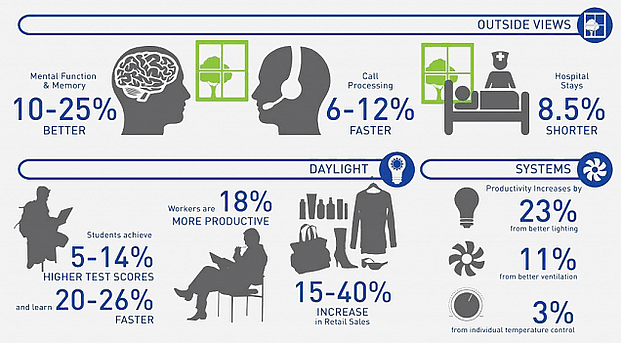


 Everblue will deliver classroom and hands-on solar PV installation training, building upon Solar Ready Vets requirements as well as Everblue’s own solar curriculum which is both accredited by the Interstate Renewable Energy Council (IREC) and aligned with the North American Board of Certified Energy Practitioners (NABCEP) PV Entry Level Learning Objectives. In addition, students will have access to PV operations and maintenance simulation software through Interplay Solar and extended access to online training and resources through Everblue. At the end of the program, Everblue will administer the NABCEP PV Entry Level Exam to participants.
Everblue will deliver classroom and hands-on solar PV installation training, building upon Solar Ready Vets requirements as well as Everblue’s own solar curriculum which is both accredited by the Interstate Renewable Energy Council (IREC) and aligned with the North American Board of Certified Energy Practitioners (NABCEP) PV Entry Level Learning Objectives. In addition, students will have access to PV operations and maintenance simulation software through Interplay Solar and extended access to online training and resources through Everblue. At the end of the program, Everblue will administer the NABCEP PV Entry Level Exam to participants.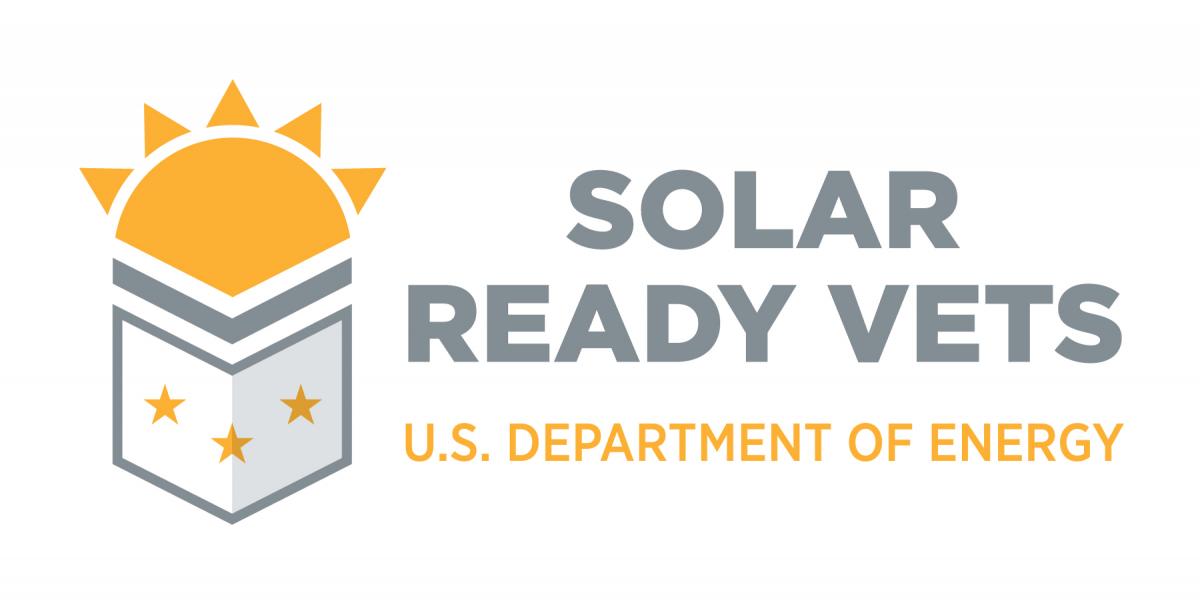 Lasting between six and eight weeks, the Solar Ready Vets program includes OSHA safety training, electrical training, hands-on solar panel installation training as well as resume writing, interview tips, and other soft skills assistance. Each cohort will be comprised of approximately 20 active military personnel.
Lasting between six and eight weeks, the Solar Ready Vets program includes OSHA safety training, electrical training, hands-on solar panel installation training as well as resume writing, interview tips, and other soft skills assistance. Each cohort will be comprised of approximately 20 active military personnel.